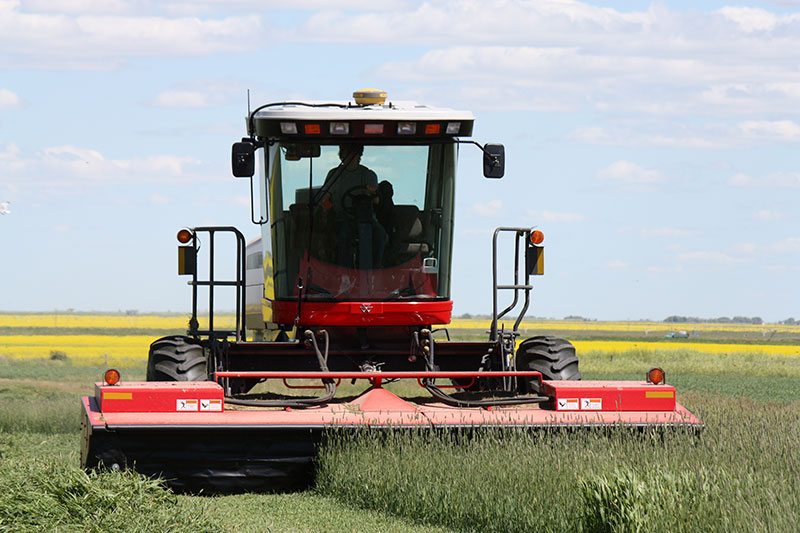Part 2 – Reducing Risk of Fire on Farm & Ranch
As we discussed in Part 1 of Farm, Ranch & Fire, an agricultural fire tends to be more costly than other industrial fires. Not only is property and equipment affected, so too are crops and livestock – the combination is a double whammy which increases the commercial value of the loss.
Clearly all the safety precautions in the world won’t help if a wildfire has advanced to the point that evacuation of your farm or ranch is necessary, nonetheless whatever fire prevention precautions can be taken should be. In Part 1 of this article we looked at some simple steps every farm or ranch can take with a mind to fire prevention. Now we will take a closer look at ways to reduce the risk of fire to your farm or ranch.
Fire Prevention Measures
Forest Fire. No one ever wants to have to use it, but it is a good idea to develop an evacuation plan (bearing in mind livestock) and incorporate drills into your staff training and education.
Noncombustible Zones. Keep dry and flammable vegetation at least 5 feet away from barns, outbuildings and residences. Establish a noncombustible zone around fuel, chemicals, hay and equipment. Welders/ and cutting torches should only be used in clean areas well away from flammable materials (at least 35 feet). Keep roofs and eaves troughs free of combustible debris. Maintain appropriate fire guards around crops and pastures.
Equipment. Replace belts, bearings and electrical components in a timely manner. Keep engine compartments clean. Be sure mufflers and manifolds are in proper working order. Follow maintenance schedules for machinery. Machinery or vehicles with special hazards should be stored separately. Fire extinguishers should be on tractors, combines and other farm and ranch vehicles.
Buildings. Be sure to include updating buildings with fire resistant materials (and sprinklers) in your budget and short and long-term planning. To prevent the spread of fire, construct new buildings away from preexisting ones. Keep vegetation cut around and between buildings. Use fire doors and smoke detectors.
Electrical. Be sure staff and family know how to disconnect main power. Extension cords are not designed to be permanent wiring solutions. When you need to use them for a temporary purpose, be sure they are rated appropriately for the task. Keep an eye out for exposed wiring or frayed insulation around wiring. Better safe than sorry. Bring in a licensed contractor for advice, inspections, renovations and new construction.
Heating Sources. Use dust and moisture resistant covers on lights. Tank heater cords and heat tapes should be protected against damage by pests or livestock. Use heaters with tip-over protection and be sure they are not placed in high traffic areas or where combustibles and flammables are stored. Dispose of oily rags in a timely manner. Cure hay to the proper moisture content before bailing.
Controlled Burns. The Government of Saskatchewan has a great little article online entitled “FireSmart: Farm and Ranch Practices”. The article has some excellent tips about controlled burns, as well as fire prevention in general for farmers and ranchers.
Farming and ranching may feel a bit like gambling sometimes. There are many variables at play which can affect the prosperity of an operation from year to year – don’t let careless fire prevention be one of them. Be vigilant, establish a culture of safety on your farm or ranch.
Contact Barr Ag to get more information on any of our crops including Alfalfa, Timothy, Mixed Hay, Canadian Grains and Pulse crops.








